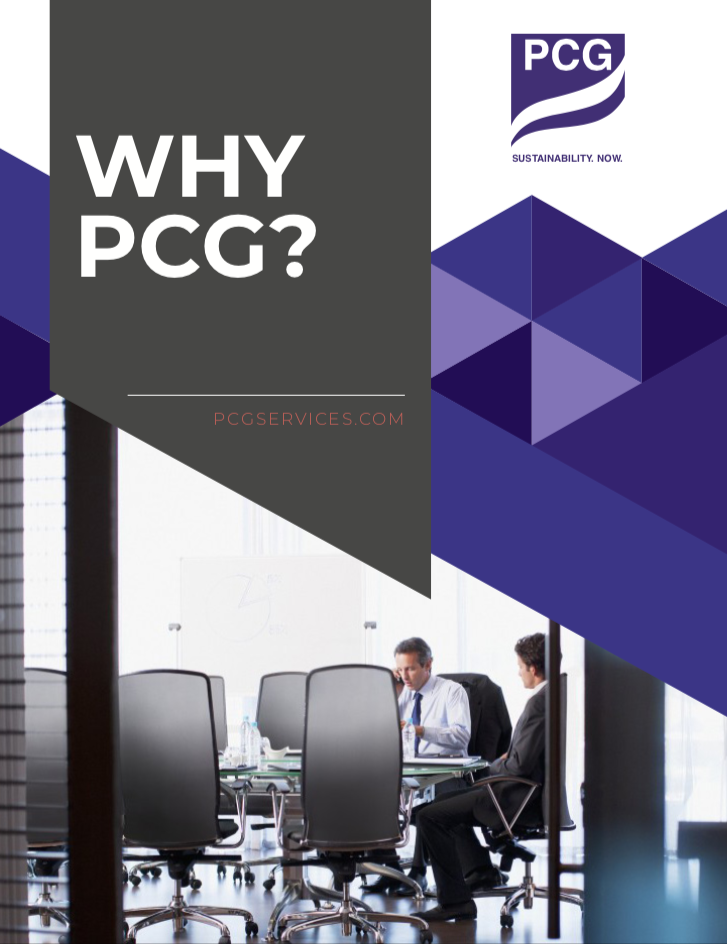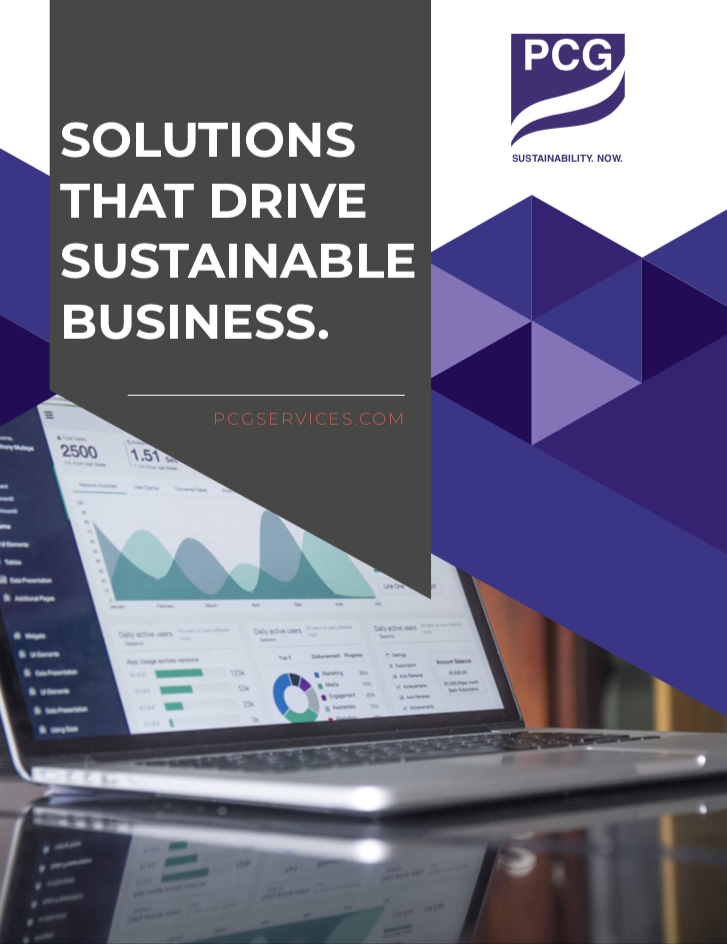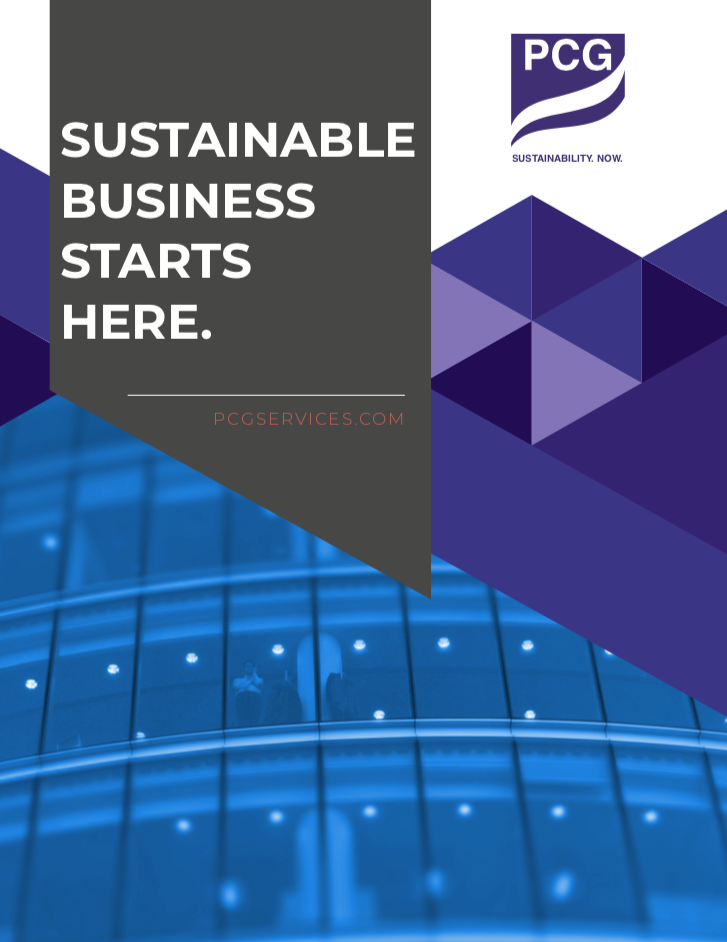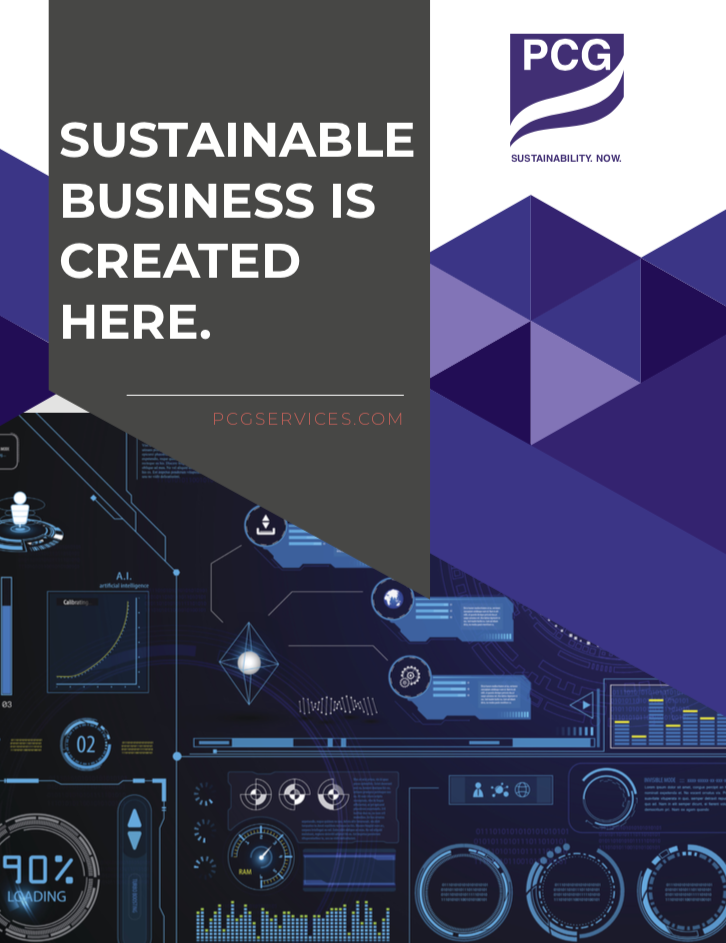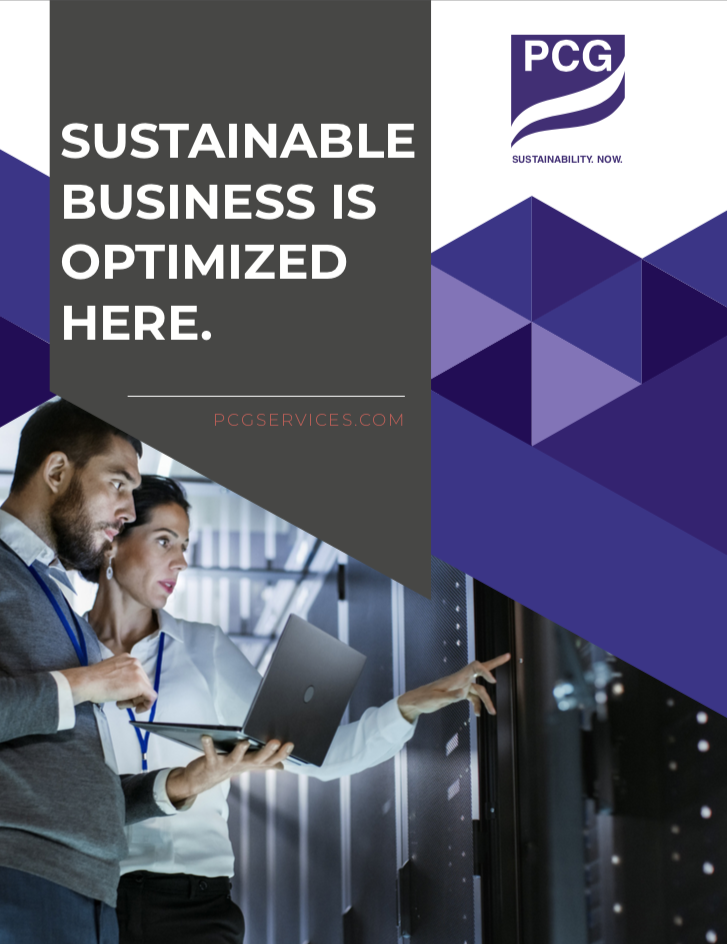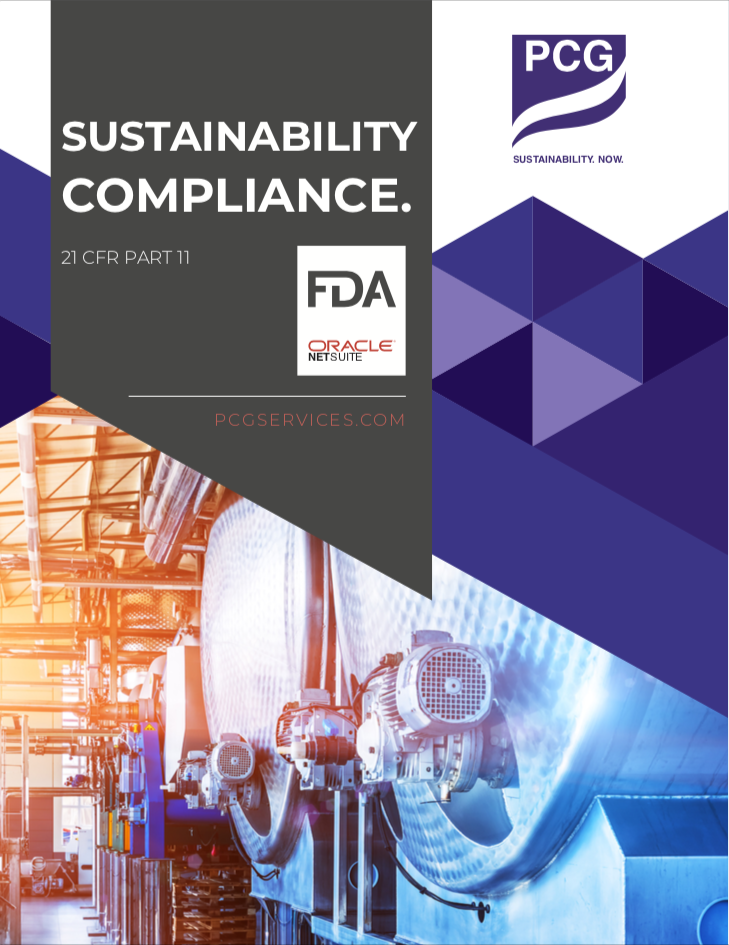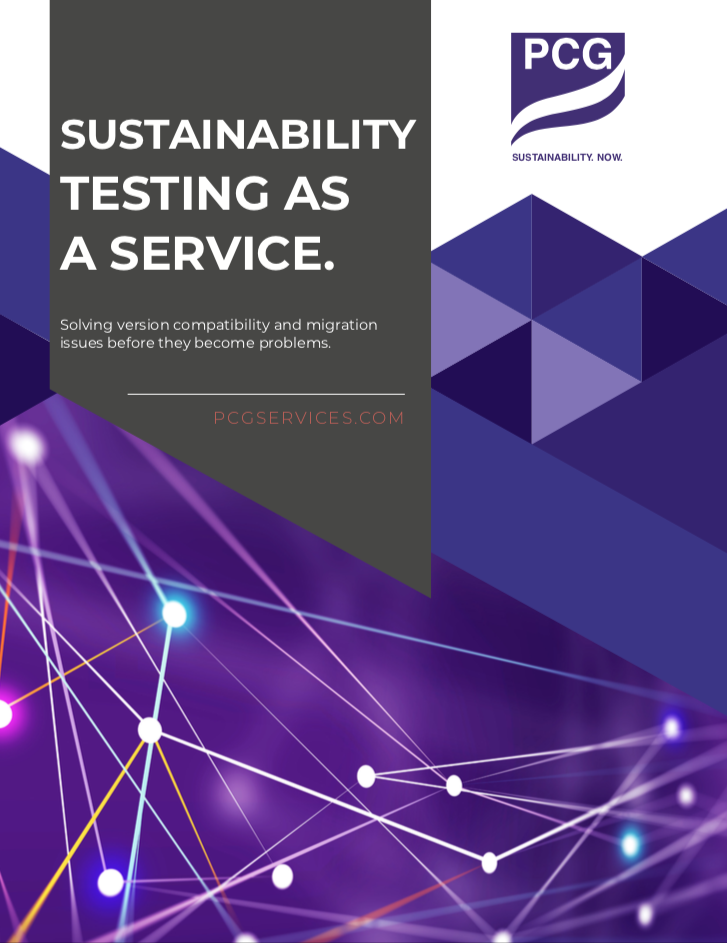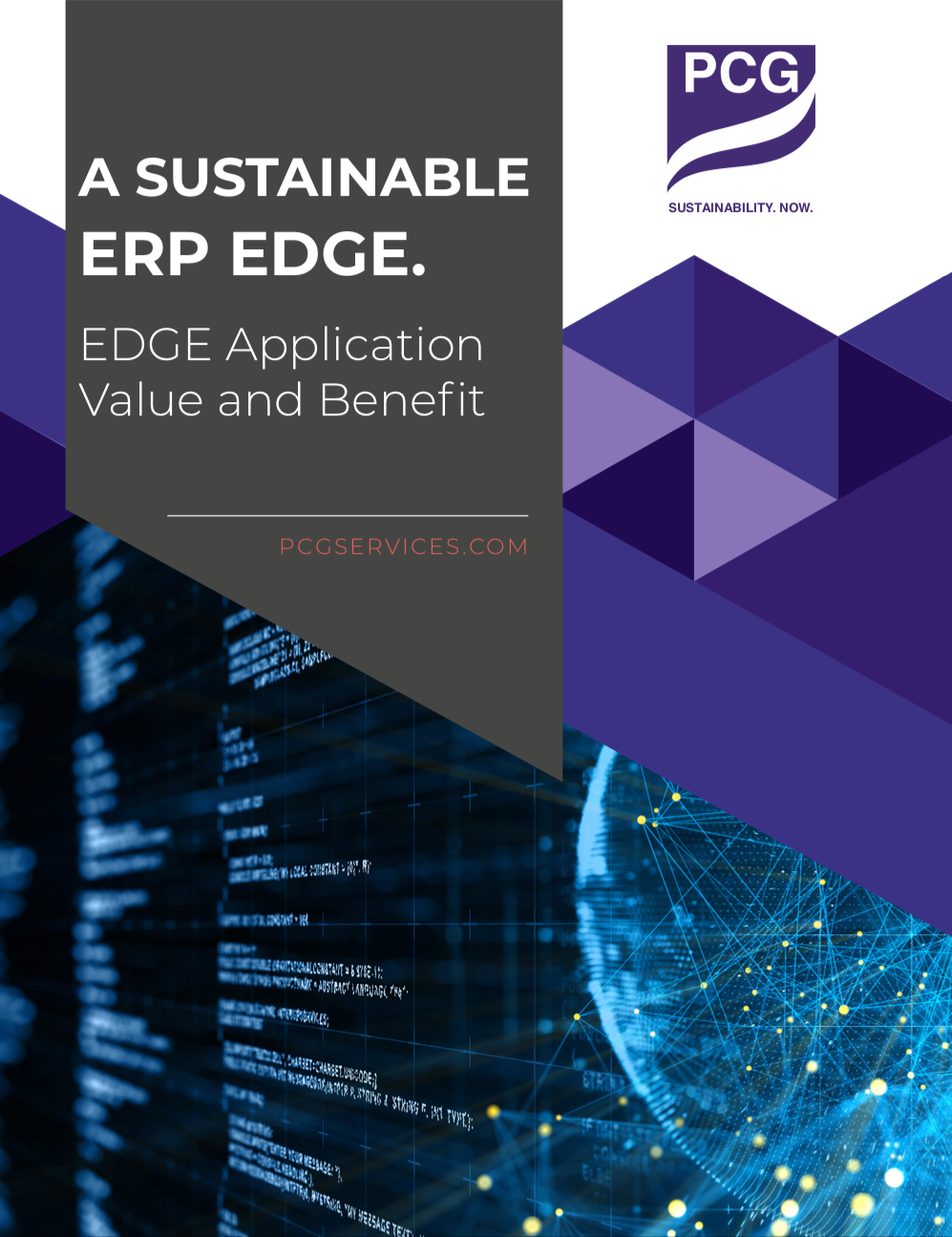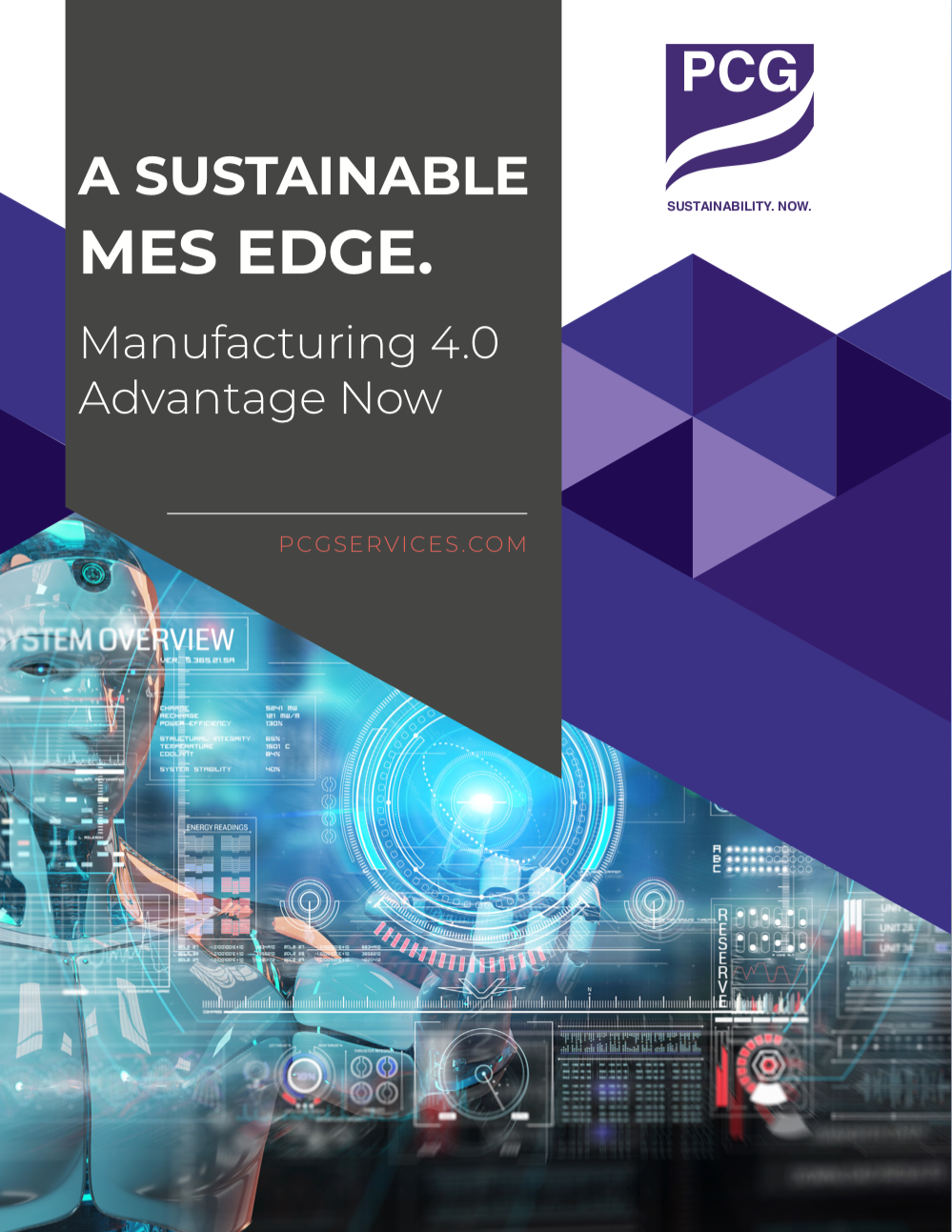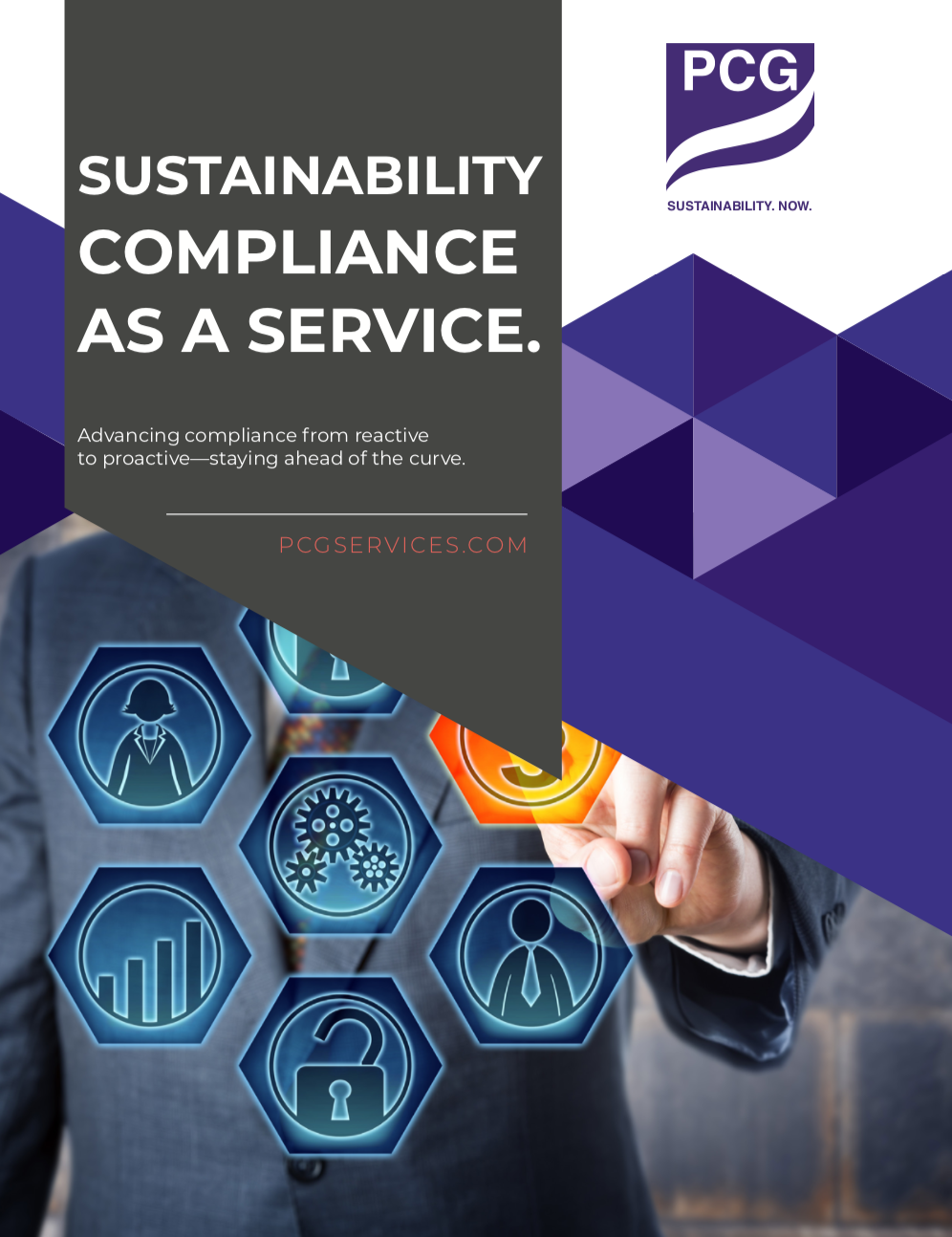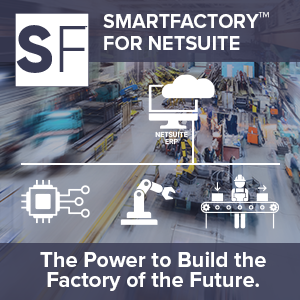PCG Blog
Navigating the Manufacturing Evolution:
Industry 4 and Industry 5 in Your Operation.
Author: Peter Jackson, Senior Vice President—PCG
Introduction
As a Director of Manufacturing Operations, it is crucial to stay abreast of the latest technological trends that shape your industry. The transition from Industry 4.0 to Industry 5.0 represents a significant evolution in manufacturing, marked by transformative changes in processes and interactions. In this blog post, we delve into the distinctions between Industry 4.0 and the emerging paradigm of Industry 5.0, pointing out key features, implications, and potential impact on manufacturing operations.
Industry 4.0: The Fourth Industrial Revolution—
Industry 4.0, often called the Fourth Industrial Revolution, encompasses integrating digital technologies into manufacturing processes, creating interconnected and intelligent systems. The core principles of Industry 4.0 revolve around data, automation, artificial intelligence (AI), and the Internet of Things (IoT) to optimize production and enhance overall efficiency.
-
-
- Interconnectivity (IoT): Industry 4.0 is characterized by the pervasive use of IoT, enabling machines, devices, and systems to communicate and share data in real-time. This interconnectedness facilitates the creation of a “smart factory” where information flows seamlessly across the production chain. Sensors and actuators embedded in machinery collect and transmit data, offering valuable insights into operational performance.
- Big Data and Analytics: The abundance of data generated by interconnected systems in Industry 4.0 is leveraged through big data analytics. Advanced analytics tools process large datasets to extract actionable intelligence, allowing manufacturers to make informed decisions, predict maintenance needs, and optimize production processes. This data-driven approach enhances efficiency, reduces downtime, and improves overall operational performance.
- Automation and Robotics: Automation lies at the heart of Industry 4.0, focusing on integrating robotics into manufacturing processes. Automated systems, guided by data and AI, traditionally perform tasks human operators carry out. This increases precision and speed, reduces the risk of errors, and enhances worker safety. Collaborative robots (cobots) work alongside human operators, exemplifying the synergy between technology and human skills.
- Cyber-Physical Systems: Industry 4.0 introduces cyber-physical systems (CPS), where physical processes are intertwined with digital components. These systems enable real-time monitoring and control, creating a dynamic and adaptive manufacturing environment. The seamless integration of the material, physical, and digital realms enhances flexibility and responsiveness to market demands.
- Decentralized Decision-Making: In Industry 4.0, decision-making processes are decentralized and facilitated by AI and machine learning algorithms. Machines equipped with intelligent algorithms can autonomously make decisions based on real-time data, allowing for swift adaptations to changing production requirements. This agility is crucial in dynamic manufacturing environments.
-
Industry 5.0: Embracing Human-Centric Collaboration—
While Industry 4.0 has propelled manufacturing into the era of digitalization and automation, Industry 5.0 builds upon these foundations by placing a renewed emphasis on human-centric collaboration. Industry 5.0 seeks to reconcile the efficiency gains of automation with the irreplaceable skills, creativity, and intuition of human workers.
-
-
- Human-Machine Collaboration: Industry 5.0 envisions a manufacturing landscape where humans and machines collaborate seamlessly. While Industry 4.0 introduced automation, Industry 5.0 emphasizes the complementary roles of humans and machines. Machines handle routine and repetitive tasks, allowing human workers to focus on more complex, creative, and value-added aspects of production.
- Customization and Flexibility: Unlike the standardized and automated processes of Industry 4.0, Industry 5.0 emphasizes customization and flexibility more. This shift is driven by recognizing that human workers excel in tasks requiring adaptability, creativity, and problem-solving. The manufacturing process becomes more agile, responding swiftly to changing customer demands and market trends.
- Tactile Internet and Haptic Communication: Industry 5.0 introduces the concept of the tactile internet, where high-speed, low-latency communication enables real-time interactions between humans and machines, even in remote locations. Haptic communication, involving touch and tactile feedback, becomes integral. This allows operators to control and feel the materials and processes, fostering a deeper connection with the production environment.
- Individualization and Small Batch Production: While Industry 4.0 emphasized mass production and economies of scale, Industry 5.0 recognizes the importance of individualization and small-batch production. Human involvement becomes crucial in tailoring products to specific customer requirements, ensuring a more personalized and customer-centric approach to manufacturing.
- Ethical and Social Considerations: Industry 5.0 incorporates ethical and social considerations into the manufacturing paradigm. This includes addressing concerns related to job displacement due to automation, ensuring a fair and inclusive work environment, and considering the broader societal impact of technological advancements. The human-centric approach of Industry 5.0 aims to create a sustainable and socially responsible manufacturing ecosystem.
-
Integration and Coexistence—
It is important to note that Industry 5.0 does not render Industry 4.0 obsolete. Instead, the two paradigms can coexist, with Industry 5.0 building upon the technological infrastructure established by Industry 4.0. Integrating human-centric collaboration complements the efficiency gains achieved through automation, creating a synergistic manufacturing environment.
General Conclusions—
As a Director of Manufacturing Operations, knowing the distinctions between Industry 4.0 and Industry 5.0 is crucial for navigating the evolving manufacturing landscape.
Industry 4.0 laid the foundation by introducing digitalization, automation, and data-driven decision-making. Industry 5.0, in turn, builds upon these advancements by emphasizing human-centric collaboration, customization, and ethical considerations.
By embracing the principles of both paradigms, manufacturing operations can achieve a harmonious balance between technological innovation and the invaluable skills of human workers, ensuring a resilient and adaptive future for your company.
What’s Next?
The next logical step is working with a partner like PCG, who consistently and predictably delivers on the promise of Industry 4.0 and 5.0, smart factory, and advanced manufacturing and business integration solutions.
Consider PCG for your Industry 5.0 and intelligent factory project to help your company adopt a new way of thinking, a new way of thinking and operating, continuing to be an industry leader that expands the gap between you and your competitors.
Manufacturing and operational excellence starts with PCG. Contact us, and let’s get started!
More Information for You
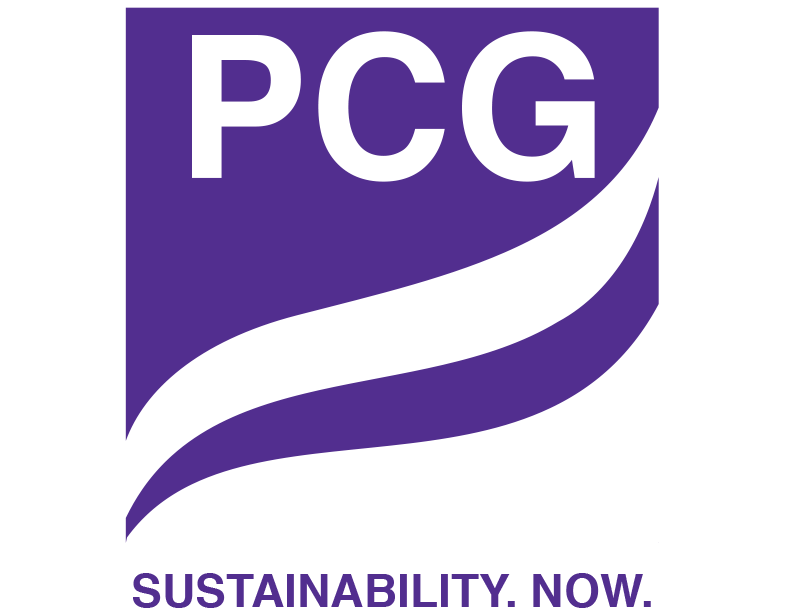
Services
